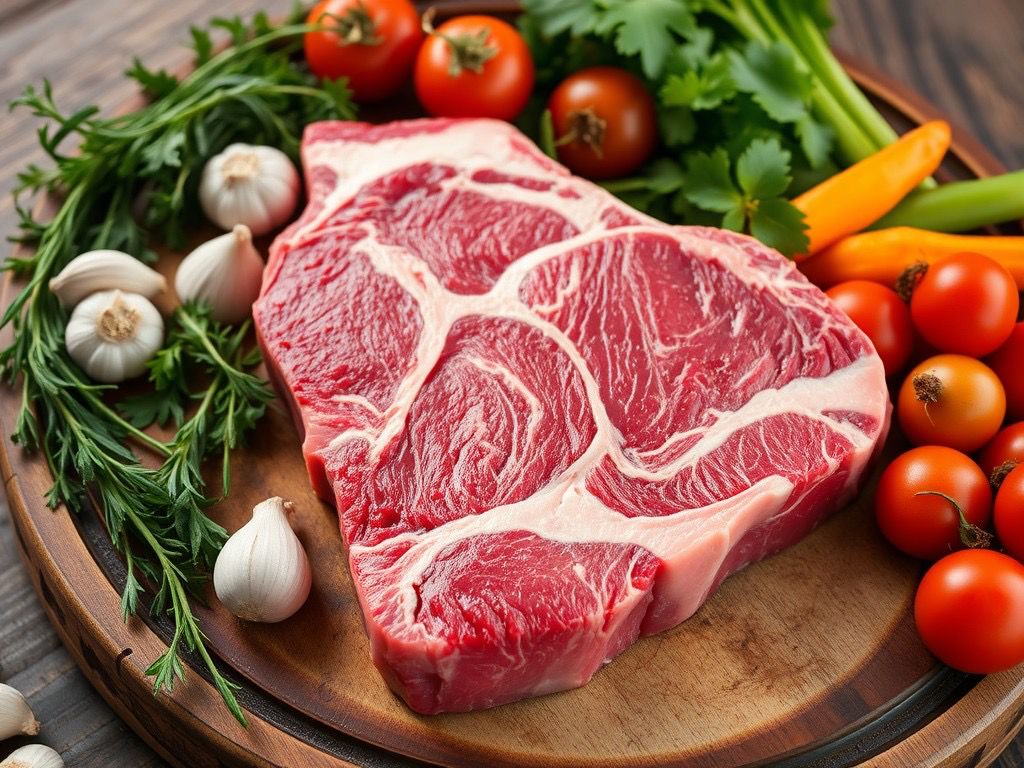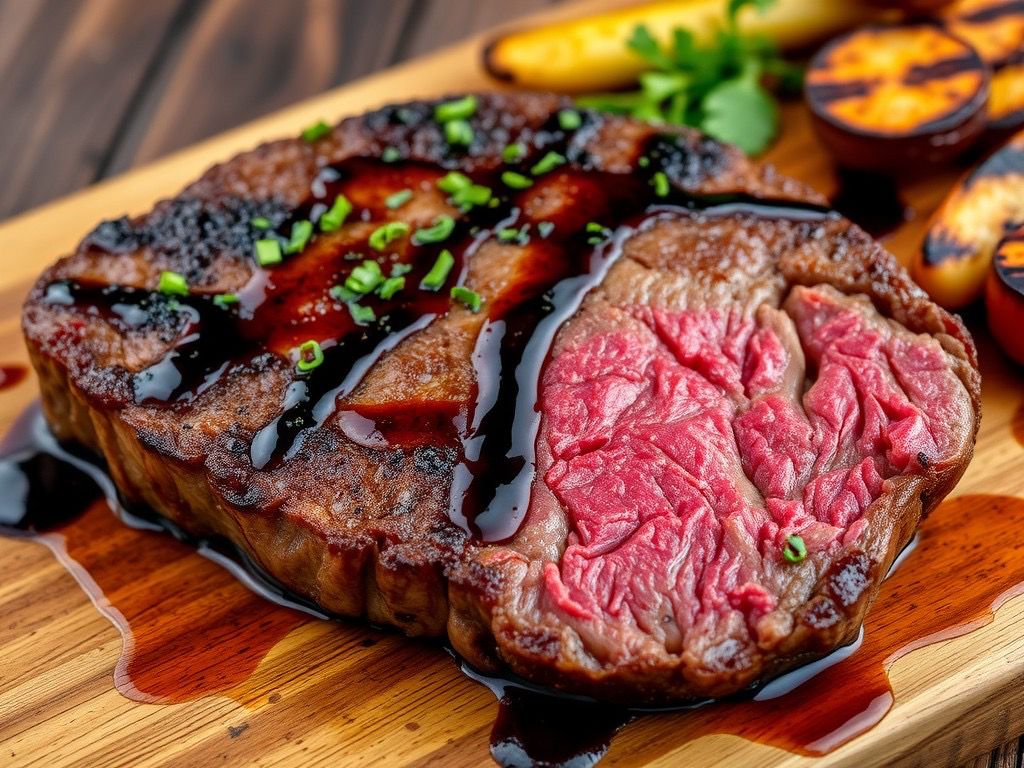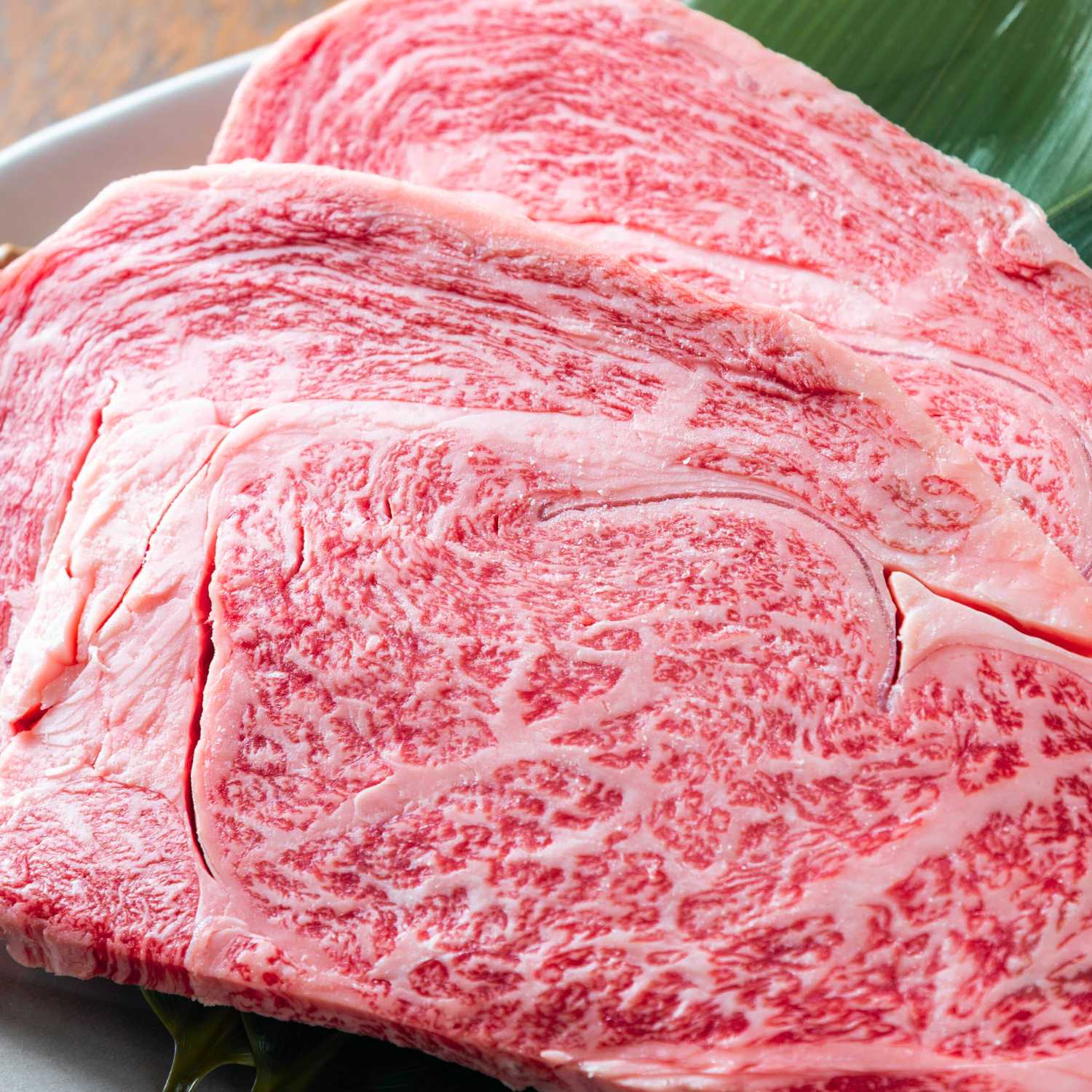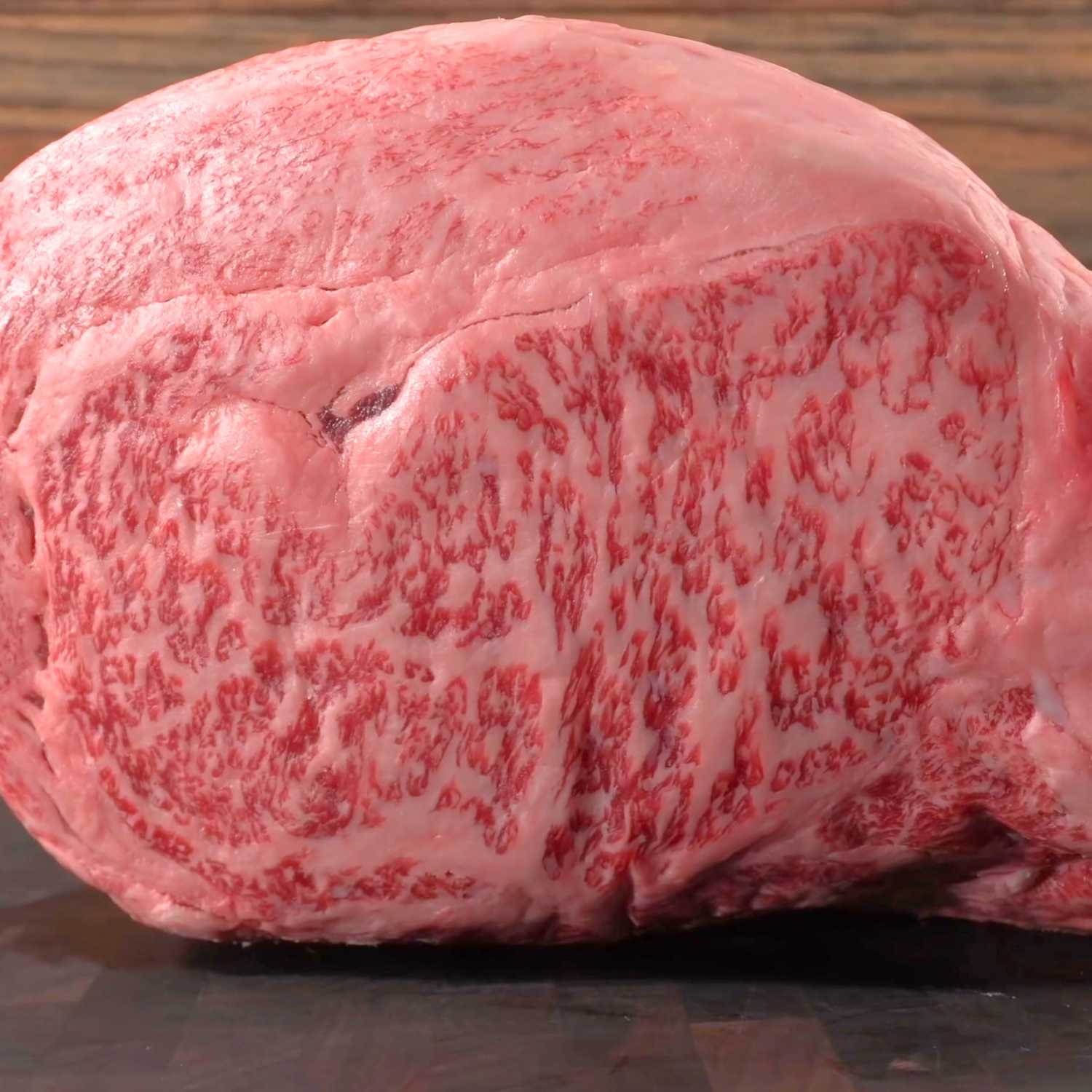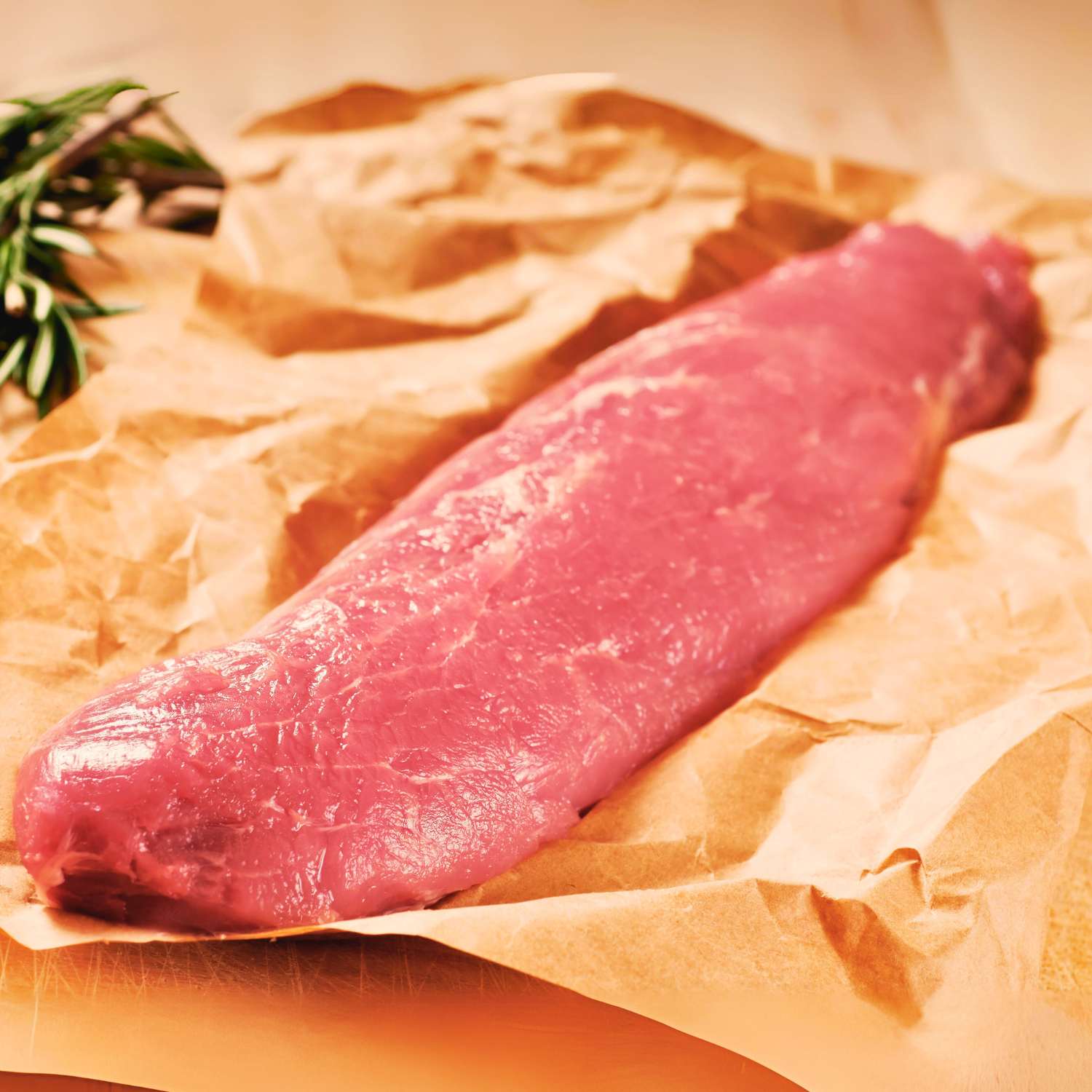Introduction to the Essence of Umami in Hong Kong Cuisine
What Is Umami and Why It Matters
Umami is a taste that is central to Hong Kong's food culture. It is one of five basic tastes, including sweet, sour, bitter, and salty. Umami gives food a deep, savory flavor. It is key in many local dishes. Foods rich in umami improve a meal's overall taste. This makes understanding umami essential for any cook in Hong Kong.

The Historical Context of Umami in Chinese Gastronomy
The concept of umami, deep-rooted in Chinese cuisine, traces back centuries. Hong Kong, with its fusion of culinary traditions, honours this legacy through a repertoire that champions the flavour. Historical texts and recipes reveal how early chefs recognized umami's appeal, harnessing ingredients like soy and fermented fish to enhance dishes. This ancient wisdom laid the groundwork for today's chefs in Hong Kong. They are innovating while respecting time-honoured techniques. Understanding umami's backstory in Chinese gastronomy gives depth to recipes. It also fuels the rising interest in using grass-fed roast beef and Sake rice wine in modern cooking.
Crafting the Perfect Grass-Fed Roast Beef with Sake Rice Wine
Selecting Quality Ingredients for Superior Results
The secret to a rich, umami-packed dish lies in choosing the best ingredients. When crafting grass-fed roast beef with sake rice wine, selecting the highest quality produce is vital. Start with grass-fed beef from a reputable source. In Hong Kong, this may mean sourcing from specialty butchers or trusted markets known for their meat quality. Grass-fed beef not only promises better flavor, it also offers health benefits over its grain-fed counterpart. For the sake, opt for a rice wine that complements beef's robust taste. Hong Kong's wine shops or Japanese markets can provide authentic options. Fresh, organic vegetables and herbs will enhance the dish, adding layers of flavor. Keep it simple with local produce, ensuring that every element of your dish shines through. Remember, superior results in the kitchen begin with quality ingredients on your chopping board.
Step-by-Step Guide to Cooking Grass-Fed Roast Beef with Sake Rice Wine
Cooking grass-fed roast beef with sake rice wine is an art. Here's how to master it in Hong Kong.
- Begin by selecting a premium cut of grass-fed beef.
- Marinate the beef with a sake rice wine mixture. Use garlic, ginger, and soy.
- Let the beef sit in the marinade overnight for the best flavor.
- Preheat your oven. Aim for a high temperature to start.
- Sear the beef on all sides in a hot pan. This locks in juices.
- Place the beef in the oven. Cook until it reaches the desired doneness.
- Baste the beef with the marinade as it cooks. This will add more umami.
- Let the meat rest after cooking. This makes it more tender.
- Slice the beef thinly. Serve it with a drizzle of the sake-infused sauce.
- Enjoy the robust flavors that this Hong Kong-style dish offers!
By following these steps, you'll enjoy a roast beef with deep umami flavors!
Tips and Tricks from Master Chefs
For a mouthwatering dish, top chefs offer these tips: First, let beef reach room temp before cooking. This ensures even cooking. Second, sear the beef on high heat to lock in flavors. For the sake wine, use a high-quality, dry variant to enhance taste without overpowering. Resting the meat after cooking is crucial; it allows juices to redistribute. Lastly, reduce the sake wine to a glaze for a glossy, flavor-packed finish. Simple steps for a standout dish.
Elevating Hong Kong Cuisine with Grass-Fed Roast Beef and Sake Rice Wine Recipes
Innovative Recipe Ideas for Pairing Sake Rice Wine with Grass-Fed Roast Beef
Discover the art of enhancing Hong Kong dishes with this list:
- Sake-Infused Beef Stir-Fry: Marinate the beef in sake for tender bites.
- Roast Beef Sushi Rolls: Wrap thin slices around sushi rice with a sake glaze.
- Beef and Mushroom Sake Stew: Slow cook beef with mushrooms in a rich sake broth.
- Sake Beef Bao: Stuff fluffy bao with savory roast beef cooked in sake.
- Roast Beef Wontons: Serve these wontons with a sake-soy dipping sauce.
Each recipe melds the rich taste of grass-fed beef with the complexity of sake.
How to Present Grass-Fed Roast Beef and Sake Rice Wine in a Restaurant Setting
Presenting grass-fed roast beef and sake rice wine in a restaurant setting requires finesse. Consider plating the beef with artistry, showcasing its perfect sear and juicy center. Accompany it with a delicate pour of sake rice wine in clear glassware, expressing the wine's clarity and aroma. Provide pairing notes on the menu. Explain how the robust flavors of the beef complement the smooth, umami-rich sake. Lastly, train staff to describe the dish's unique qualities to enhance the dining experience.
The Health Benefits of Grass-Fed Roast Beef and Sake Rice Wine in Hong Kong Diets
Grass-fed roast beef has richer Omega-3s than grain-fed beef. Sake, made from rice, is low in fat and free of cholesterol. Consuming these can aid heart health and reduce disease risk. In Hong Kong, where diets are diverse, these foods blend with local flavors for health and taste. They add to a balanced diet and promote wellbeing. Grass-fed beef also has more vitamins like E and A. Sake offers amino acids that help digestion. Together, they are a healthy choice for meat and drink lovers in Hong Kong.









